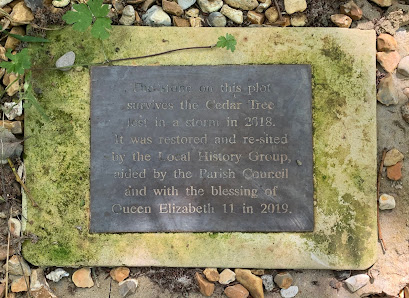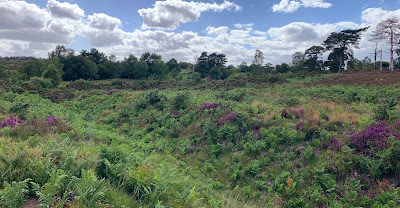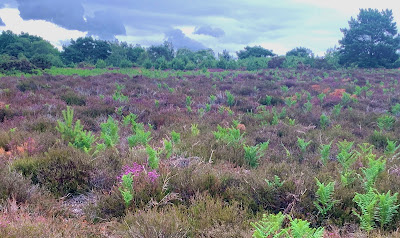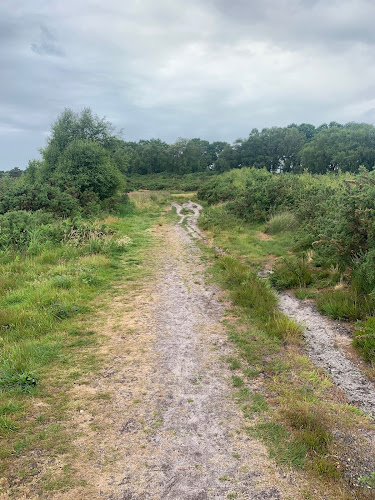Poppies, with their vibrant colours and delicate petals, hold a deep symbolism that transcends their aesthetic appeal. Throughout history, these captivating flowers have become powerful symbols of resilience and hope.
Click here for YouTube video - The Symbolism of Poppies
Eternal Sleep and Transience:
Poppies hold a symbolic connection to eternal sleep. Their fragile beauty and fleeting lifespan remind us of the delicate nature of life and the passage of time. In Greek and Roman mythology, poppies were associated with Hypnos and Morpheus, the gods of sleep and dreams, respectively. Their presence in art and literature often represents the peaceful embrace of death and the transient nature of human existence.
Symbolism in War and Remembrance:
The connection between poppies and war was immortalized in the poem "In Flanders Fields" by Lieutenant Colonel John McCrae. Inspired by the sight of poppies growing amidst the graves of fallen soldiers during World War I, the poem symbolized the sacrifice and resilience of those who gave their lives. Poppies, with their multifaceted symbolism, remind us of the fragility and resilience of life, the sacrifices made in times of conflict, and the eternal hope that springs forth from even the harshest circumstances.
Poppies typically flower in Europe during the late spring and early summer months. The exact timing can vary depending on the specific species and regional climate. In general, you can expect poppies to start blooming in Europe from May to July. While it is true that World War I ended in November 1918, the imagery of poppies mentioned in the poem "In Flanders Fields" by Lieutenant Colonel John McCrae resonated with people and became a symbol of remembrance for the sacrifices made during the war. The red poppies blooming in the spring and summer months became a poignant symbol of the bloodshed and loss experienced during the war, and their association with fallen soldiers, deeply ingrained in the collective memory.







































